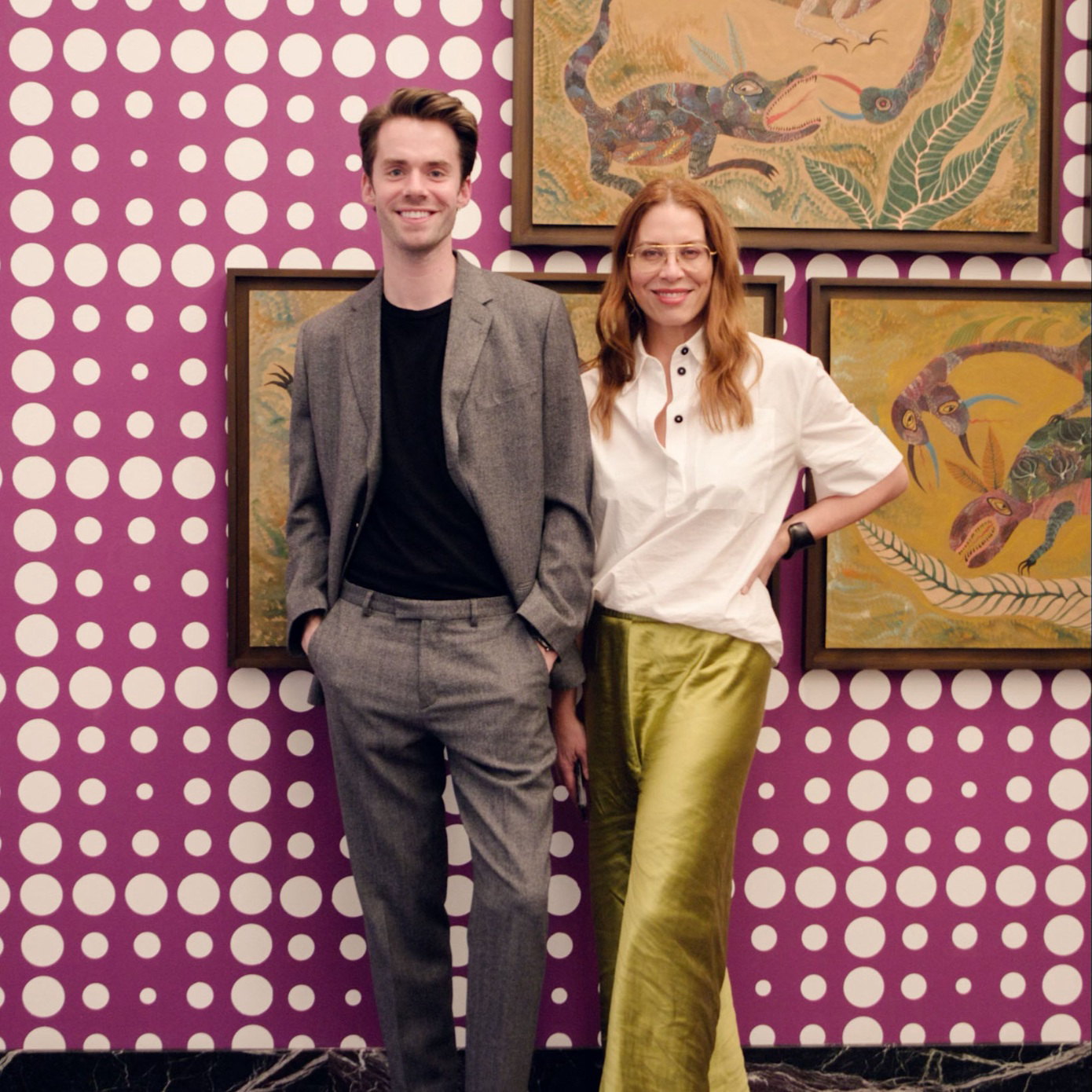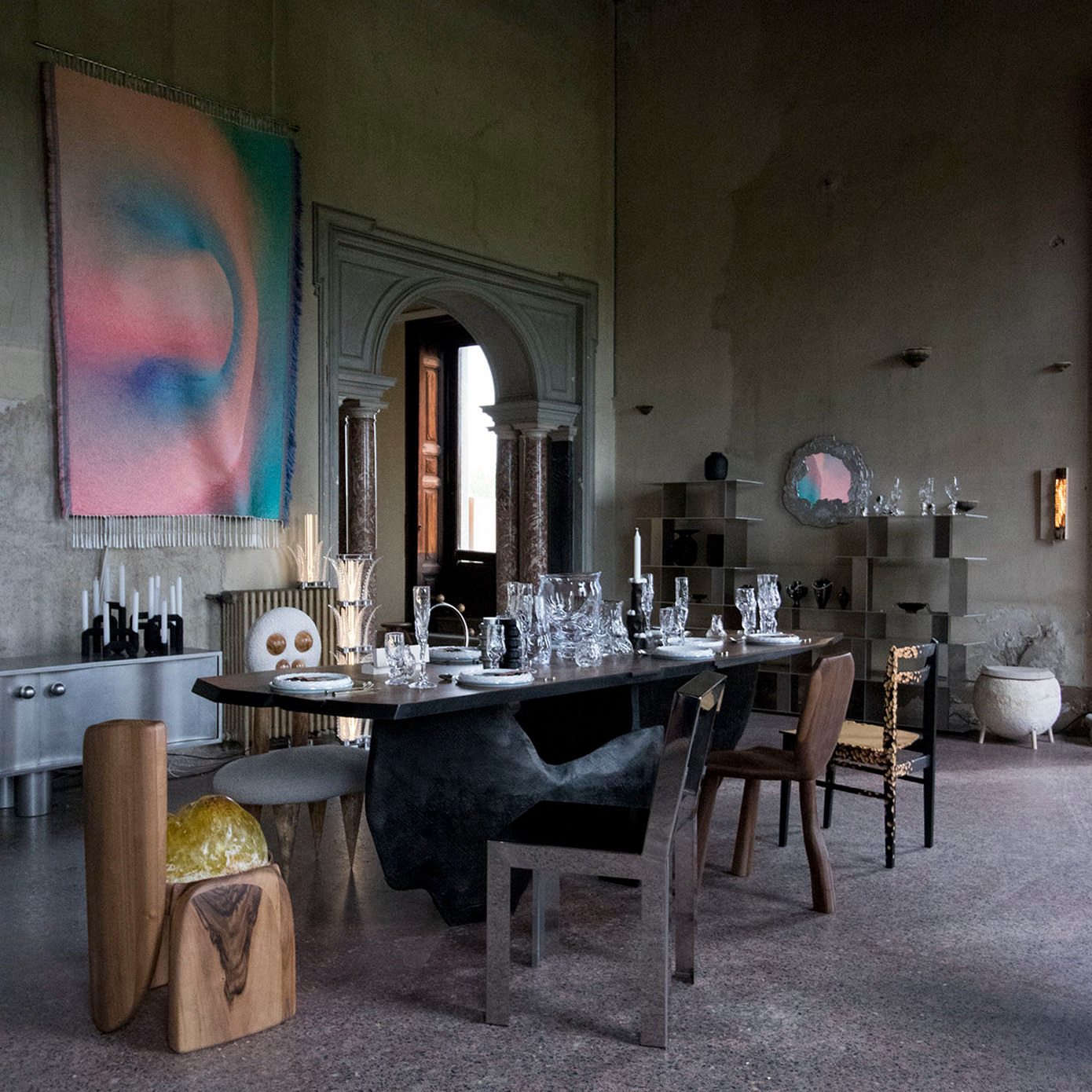
At the Munich-Based jewelry house Hemmerle, the ideas come first. This dedication to craftsmanship requires patience, foresight, experimentation and—in a field that pursues perfection yet often appears uniform—the courage to be different.
Hemmerle’s historical residence is home to a collection of sparkling delights that’s hard to rival; these riches tell the story of European royalty and the history of Catholicism and power in Bavaria, a region that bridges Germany and Austria. The Hemmerle collection even contains early examples of diamond- and sapphire-encrusted custom designs created for the Bavarian court. Founded in 1893 by Anton and Joseph Hemmerle, this family business came into being after the two brothers took over an established jeweler, specializing in orders and medals for the court, and rebranded it with the family name. In 1904, Hemmerle opened its boutique in the center of Munich, where it still operates today.
While Hemmerle is absolutely a heritage brand, the company changed its approach in the 1990s when its directorship was passed to Stefan and Sylveli Hemmerle. The new leadership began to focus on unique pieces as they pushed the third-generation business’ boundaries when it came to ideas, while also maintaining the traditional, handmade techniques that the brand had become famous for. Hemmerle now produces around 200 bespoke items per year.
Hemmerle’s change in direction was, in part, inspired by a commission side that took its inspiration from a tradition that started in the nineteenth century; people would donate precious metals to the state and reset their jewelry in less valuable base-metals, such as iron. Stefan saw how this combination of precious and non-precious materials created a unique juxtaposition. Rather than simply putting as many precious stones and metals as possible into a creation, he realized that sometimes the most impressive effects were the result of prioritizing aesthetics over materials. Now run by Stefan and Sylveli, with their son Christian and his wife Yasmin, Hemmerle combines old-world craftsmanship with artistic flair in order to create truly unique pieces of jewelry. As Christian gave Cultured a tour of their atelier, he shed light on the idea that bringing together whimsy and luxury generates a lightheartedness that can be difficult to find with other brands. Hemmerle’s time-tested philosophy contains both tradition and foresight, a legacy demonstrated in the collection “Hidden Treasures,” with which the brand celebrated 125 years in business. Here, elements of vintage medal designs were revisited in a stunning contemporary collection. Similarly, the 2018 body of work “Revived Treasures” pays homage to Yasmin Hemmerle’s Egyptian heritage by using ancient artifacts from her homeland. For one of the pieces—The Eye of Horus earrings—two historic Egyptian eye inlays were set in sapphires and turquoise; this design was so ambitious that it took 400 hours to complete. On the more whimsical side, Hemmerle has also produced jewelry items made in the shapes of vegetables, flowers and mushrooms.
At the atelier, Hemmerle employs twenty master goldsmiths and two apprentices. These artisans work meticulously at their stations and all their tools, save the laser soldering technology, are traditional. A master goldsmith even referred to a tool for particularly tiny, intricate items as an “extension of his hand.” Hemmerle collects rare precious stones, such as brown diamonds in specific shades; these variations and colors occur at random in nature. One such collection of twenty matching stones took two decades to accumulate and a single earring might require hundreds of these jewels. This perfectionist approach is rewarded when it comes to the finished designs, but fabrication processes can take up to 600 hours for one item. The emerald Harmony bracelet, made from over 1400 matching emeralds for a total of over 94 carats, is but one example of the painstaking attention to detail that Hemmerle is known for. This design—which has been added to the collections of the Victoria and Albert Museum and the Cooper Hewitt Smithsonian Design Museum—is classic, shockingly lightweight and highly versatile.
Cooper Hewitt also acquired the Egyptian Story Harmony bracelet—a decision that was years in the making. “For us at the museum, it was a fascinating acquisition process,” attests curator Andrea Lipps. “What drew us to Hemmerle was the consideration not just of the aesthetic, but the way they give character and personality to each and every jewel that they find.” Available with a variety of unique details, the Egyptian Story Harmony bracelet is made from turquoises, tsavorite garnets, silver, gold and pock wood. Sensory and subtly beautiful, its symmetry, shape and feel defy its materials; this unexpected object holds its own among the peerless precious stones typical of Hemmerle.
“To consider the striations in the pockwood of a bracelet and the way they carry that pattern through in the other details and inset stones—it is incredibly thoughtful and considered and elegant. This attention to detail is something you see in each and every piece that they do,” remarks Lipps. She further explains: “For us, as a design museum, these were important pieces to acquire because it’s not just about a gemstone or a jewel—that would be more appropriate in a natural history museum.”
In a world with ever-increasing standards for what constitutes luxury, Hemmerle has discovered the value in natural beauty, uniqueness, inventiveness and humor. “They just have a way of taking traditional techniques and using them in contemporary ways. There is something that makes their work so appealing and that’s also what makes it timeless,” adds Lipps. From near-priceless artifacts to beach pebbles, from the Eyes of Horus and Ra to a humble onion, all things are equal in the name of design; the result is jewelry that functions as art.



